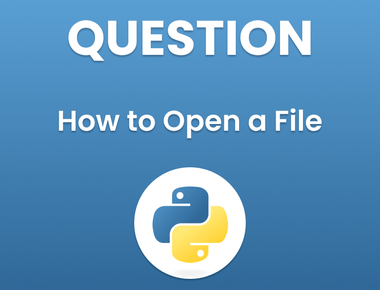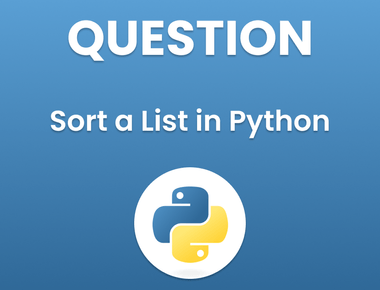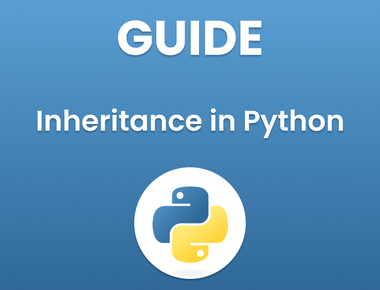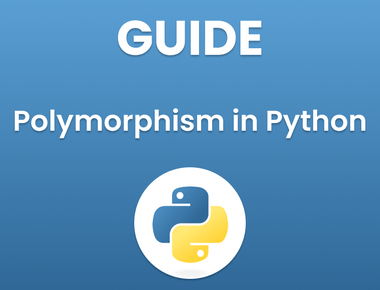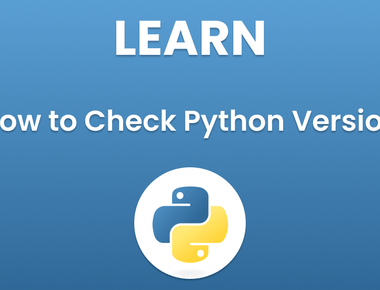Table Of Contents
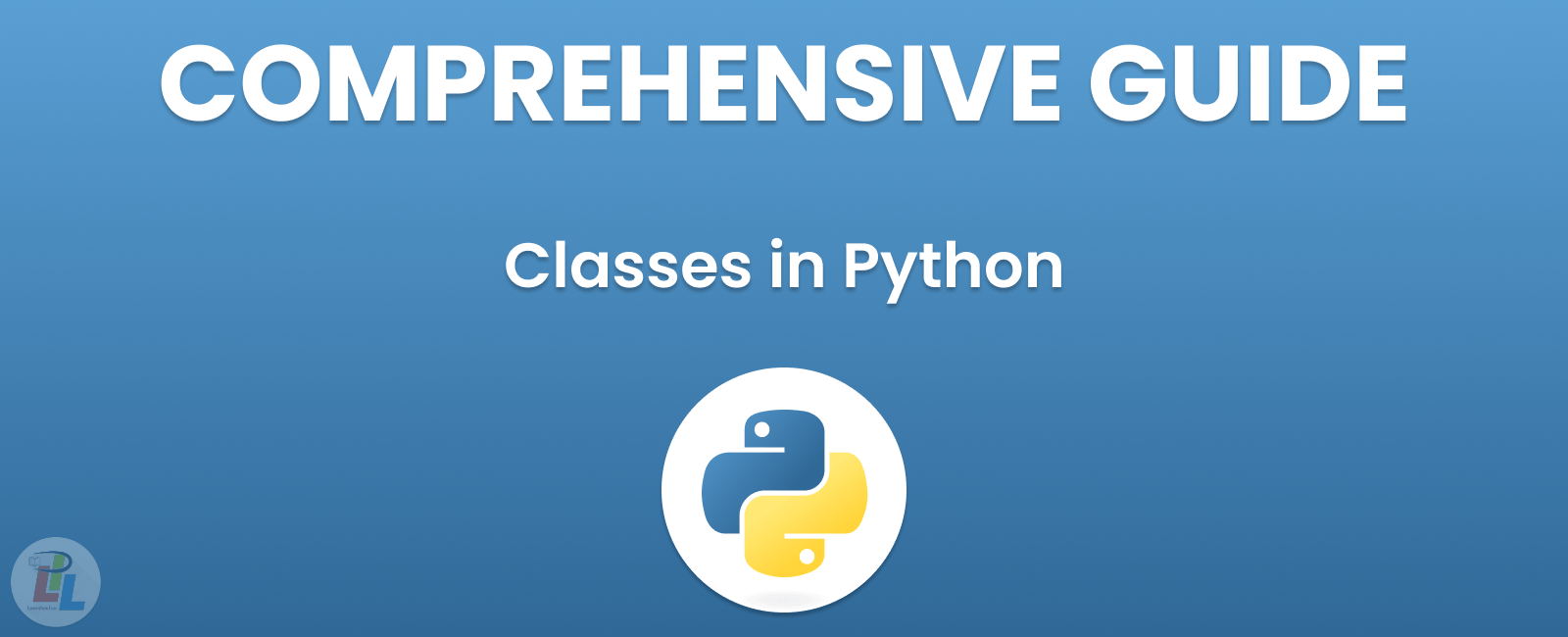
Introduction to Classes in Python
Classes are an essential part of object-oriented programming (OOP) in Python. They are a fundamental concept used to create objects that can interact with one another to perform various tasks. Classes are similar to blueprints or templates that define the characteristics and behavior of an object.
What are Classes in Python?
In Python, a class is a user-defined data type that defines a collection of attributes and methods that can be used to create objects. A class can contain any number of attributes and methods, which are defined within the class using the def keyword.
Why Use Classes in Python?
Classes provide a way to organize and structure code in a more meaningful way. They allow you to encapsulate data and behavior into a single unit, which makes it easier to manage and maintain code. Classes also promote code reuse, which can save you time and effort in the long run.
Creating a Class in Python
To create a class in Python, you use the class keyword followed by the name of the class. Here is an example of a simple class definition:
class MyClass:pass
Defining Attributes and Methods in a Class
Once you have created a class, you can define attributes and methods within it. Attributes are variables that hold data, while methods are functions that perform actions on that data. Here is an example of a class definition with attributes and methods:
class MyClass:# class attributex = 5# instance methoddef my_method(self):print("Hello, world!")
Instantiating an Object
Once you have defined a class, you can create objects from it. Creating an object is also known as instantiating a class. To instantiate a class, you use the name of the class followed by parentheses. Here is an example:
class MyClass:x = 5obj = MyClass()
Accessing Object Attributes
You can access the attributes of an object using the dot notation. Here is an example:
class MyClass:x = 5obj = MyClass()print(obj.x)
Modifying Object Attributes
You can modify the attributes of an object using the dot notation as well. Here is an example:
class MyClass:x = 5obj = MyClass()obj.x = 10print(obj.x)
Class Inheritance
Class inheritance is a way to create a new class based on an existing class. The new class, called the child class, inherits all the attributes and methods of the parent class. Here is an example:
class ParentClass:def my_method(self):print("Hello, world!")class ChildClass(ParentClass):passobj = ChildClass()obj.my_method()
In this example, the ChildClass overrides the my_method method inherited from the ParentClass.
Parent and Child Classes
In the previous example, ChildClass is the child or derived class, and ParentClass is the parent or base class. The child class can add new attributes and methods or override the ones inherited from the parent class.
Overriding Methods in Inherited Classes
Overriding methods in a child class allows you to customize the behavior of the inherited methods. You can do this by defining a method with the same name in the child class. Here is an example:
class ParentClass:def my_method(self):print("Hello, world!")class ChildClass(ParentClass):def my_method(self):print("Hello, everyone!")obj = ChildClass()obj.my_method()
In this example, the ChildClass overrides the my_method method inherited from the ParentClass.
Polymorphism in Python
Polymorphism is a concept in OOP that allows objects of different classes to be treated as if they were of the same class. In Python, this is achieved through method overriding and method overloading. Here is an example of method overriding:
class Dog:def sound(self):print("Bark!")class Cat:def sound(self):print("Meow!")def make_sound(animal):animal.sound()dog = Dog()cat = Cat()make_sound(dog) # Output: Bark!make_sound(cat) # Output: Meow!
In this example, the Dog and Cat classes have a sound method that produces different outputs. The make_sound function accepts an object of any class that has a sound method and calls it.
Class and Instance Variables
A class variable is a variable that is shared among all instances of a class. An instance variable, on the other hand, is a variable that is specific to an instance of a class. Here is an example:
class MyClass:class_var = 0def __init__(self, inst_var):self.inst_var = inst_varMyClass.class_var += 1obj1 = MyClass(1)obj2 = MyClass(2)print(obj1.class_var) # Output: 2print(obj2.class_var) # Output: 2print(obj1.inst_var) # Output: 1print(obj2.inst_var) # Output: 2
In this example, class_var is a class variable that is incremented each time an instance of the class is created. inst_var is an instance variable that is specific to each instance of the class.
Class Methods and Static Methods
A class method is a method that is bound to the class and not the instance of the class. A static method is a method that does not access the class or instance variables. Here is an example:
class MyClass:class_var = 0@classmethoddef class_method(cls):cls.class_var += 1@staticmethoddef static_method():print("This is a static method.")MyClass.class_method()MyClass.static_method()
In this example, class_method is a class method that increments the class_var class variable. static_method is a static method that does not access any class or instance variables.
FAQs
What is the difference between a class and an object in Python?
A class is a blueprint for creating objects, while an object is an instance of a class. In other words, a class is a template or a set of instructions for creating objects, while an object is an actual instance or realization of those instructions.
How do I create an instance of a class in Python?
To create an instance of a class in Python, you simply call the class constructor, which is the name of the class followed by parentheses. For example, if you have a class named
Person, you can create an instance of the class like this:person = Person()What is inheritance in Python classes?
Inheritance is a mechanism in OOP that allows you to create a new class by deriving from an existing class. The new class, known as the derived class or subclass, inherits all the attributes and methods of the existing class, known as the base class or superclass. This allows you to reuse code and promote code organization.
Can I create a subclass that inherits from multiple superclasses in Python?
Yes, Python supports multiple inheritance, which allows you to create a subclass that inherits from multiple superclasses. However, it can lead to code complexity and the diamond problem, which is when two superclasses have a common method that is overridden in the subclass.
How do I access class and instance variables in Python?
To access a class variable in Python, you can use the class name followed by the variable name, like this:
MyClass.class_var. To access an instance variable, you need to create an instance of the class and use the instance name followed by the variable name, like this:obj.inst_var.
Conclusion
In conclusion, classes are a fundamental part of object-oriented programming and provide a powerful way to organize and reuse code. In Python, classes are created using the class keyword, and instances are created by calling the class constructor.
Classes in Python allow you to define attributes and methods, which can be accessed and used by instances of the class. You can also use inheritance to create subclasses that inherit from a superclass, allowing for code reuse and organization.
When designing classes in Python, it’s important to consider both the functionality of the class and its readability. By following good programming practices and using clear, descriptive naming conventions, you can create classes that are easy to understand and maintain.
Subscribe to our newsletter!
Quick Links
Legal Stuff
Social Media



